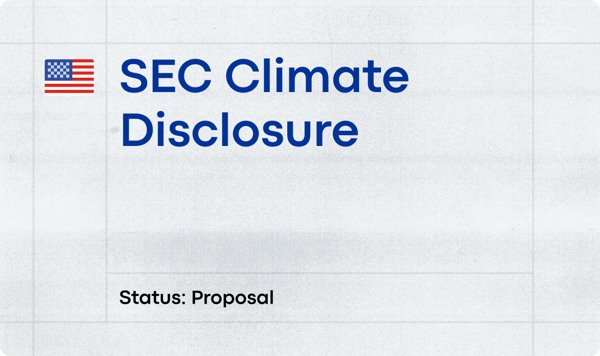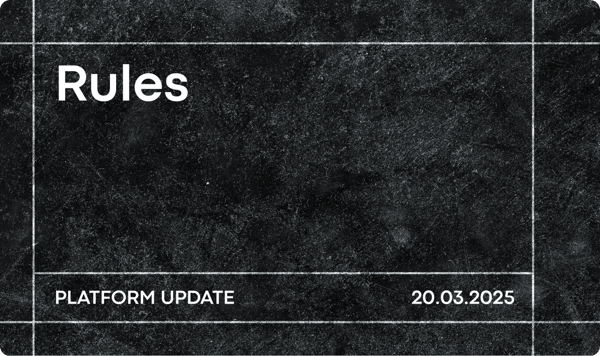Carbonfact has integrated Manteco fibers into its sustainability platform, allowing brands to perform more precise carbon footprint measurements for products made with Manteco’s wool materials. Manteco, an Italian textile company founded in 1943, is known for sustainable luxury fabrics and innovative wool production processes. Sheep wool contributes to 98% of the animal fiber industry’s CO2 emissions, making an eco-conscious alternative such as Manteco’s fibers a necessity for decarbonization.
Everlane, ARMEDANGELS, and Sezane are Carbonfact customers who already use Manteco fibers in their products.
Brands Gain Precision: Carbonfact adds primary data for Manteco wool
Integrating Manteco fibers into Carbonfact's platform introduces new data points for Carbonfact customers. As a result, brands can now conduct more detailed carbon footprint analyses, compare materials more accurately, and model emissions reductions across product lines. Brands gain additional insights for material selection and sustainability planning through these enhanced capabilities.
Key benefits include:
1. Footprint Measurements with higher precision: By using Manteco’s fibers, brands can improve the accuracy of their product carbon footprint assessments. For instance, a brand producing wool coats and jackets can now measure the environmental impact of MWool®, instead of relating it to conventional wool, leading to more precise insights.

2. Product Impact Comparison: Brands that don’t incorporate Manteco materials yet, can now simulate the environmental impact of switching from conventional wool to Manteco fibers. For example, when designing a new collection, a brand could model the carbon emissions of a coat made with ReviWool®, allowing for a side-by-side comparison with a coat made from conventional wool, providing a clear basis for eco-conscious material selection.
Carbonfact's Product Impact Simulator
Carbonfact’s Product Impact Simulator enables brands to run what-if scenarios on a product-level, where brands can experiment with different materials and components, suppliers, or transportation methods, and see how the changes would impact carbon emissions.

3. Scenario Modeling: In addition to product-level decisions, brands can simulate broader catalog changes. For example, brands that use wool in multiple products could assess the potential reduction in their total carbon footprint if they switch from conventional wool to Manteco’s MWool® and ReviWool® across its entire range of wool garments. This gives brands the ability to forecast emissions reductions at scale, supporting decarbonization strategies.

This integration is made possible by Manteco’s extensive work in completing LCA/EPDs for their materials, verified by third-party organizations and shared transparently. We hope others across the textile industry will follow Manteco’s commitment to providing detailed environmental data.
Manteco ® fabrics compared to the same ones produced with generic virgin wool
The table below compares the reduction in emissions when comparing Manteco’s fabrics produced with MWool ® and ReviWool ® fibers against the same ones produced with generic virgin wool, which has a climate impact of 79.31kg* CO2e per kilogram:

Manteco’s products can be customized based on customer requests within the provided standard composition ranges. The impact scores are based on worst-case environmental scenarios. The original LCAs were converted from m² to kg, and the system boundaries cover the upstream processes from raw material sourcing to the scouring stage, resulting in 1kg of scoured wool fiber.
*In a previous article we listed the emission factor of wool as 66.64kg, which is a calculation made at the fiber level. For a fair comparison between Manteco’s fabrics and generic virgin wool, we’ve included additional processing steps and their associated losses. This includes combing, textile formation, and finishing processes like calendering, emerizing, heat setting, milling, and raising, providing a more comprehensive impact assessment, leading to the figure of 79.31kg.
On average, fabrics produced with MWool® have 82.77% less emission than generic virgin wool, where ReviWool® fabrics emit 66.18% less.
Bespoke emission factors in Carbonfact
Bespoke emission factors play a crucial role in accurately measuring carbon footprints for unique materials and processes developed by leading apparel and footwear brands. While standard materials have established data, these brands utilize innovative or specific materials that require custom calculations. Carbonfact cooperates with brands using the platform, developing tailored emission factors through the analysis of Life Cycle Assessment (LCA) studies, primary data collection, and detailed breakdowns of emissions at various production stages.
About Carbonfact
Carbonfact is the only sustainability platform for footwear and apparel brands, helping companies measure, report, and reduce their environmental impact with a team of data experts by their side. Consisting of a team of climate scientists, engineers, and data experts, Carbonfact empowers brands to explore different material choices and make data-driven decisions to decarbonize their products.
Apparel and footwear brands use Carbonfact to address the challenge of opaque supply chains, enabling them to develop effective decarbonization strategies.







 Lidia Lüttin
Lidia Lüttin


 Martin Daniel
Martin Daniel